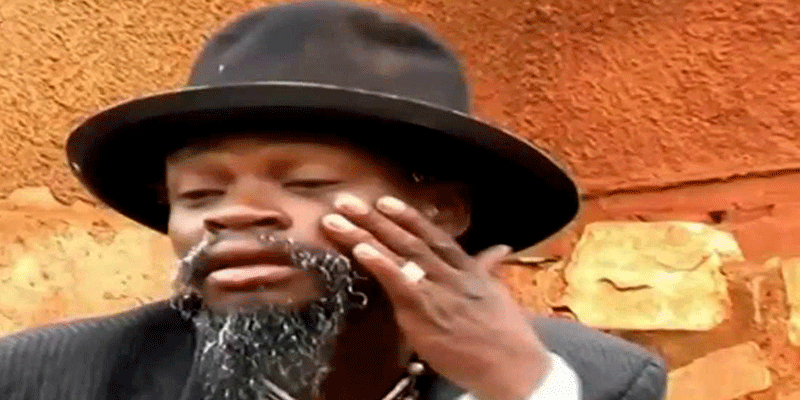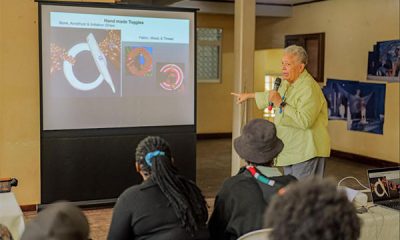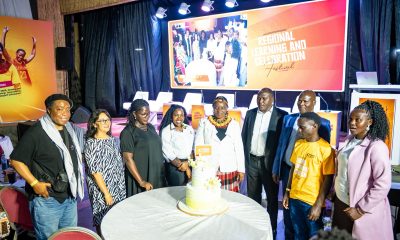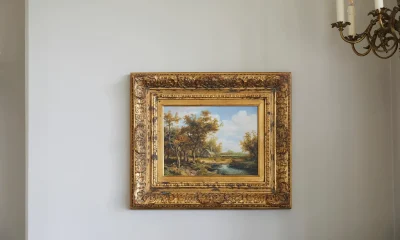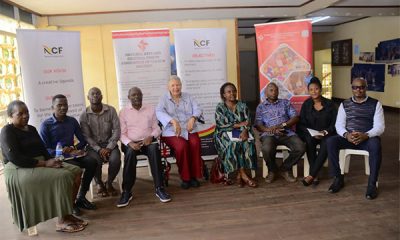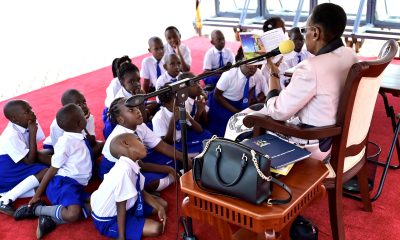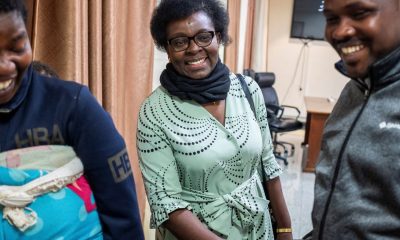Arts
Kadongo Kamu: roots of Uganda Country music
Kadongo Kamu is a particular kind of that can be equated to the American Country music. In Uganda, rhythm guitars and xylophones, among others, which composition produces the uniquely traditional sound.
Diplock Ssegawa, one of the established Kadongo Kamu musicians, explained that Kadongo Kamu is a name given to that particular type of music. He said that previously this Ugandan Country music was an off-the-cuff composition of singers accompanying a single rhythm guitar.
Ssegawa said that the classical Kadongo Kamu had no supplementary instruments and no back-ups; it was solely one person with his rhythm guitar singing and playing. It is the reason it was initially so named, but the sound revolutionized as the time went into what it is now.
He said that there used to be an ensemble of Kadongo Kamu singers moving from one village to another with their acoustic guitar. They were Soul musicians, and in return they were given money and goodies in appreciation. Many people started noticing these musicians as they would sing in a similar style, thus the name of; Kadongo Kamu – or, One Style, Ssegawa added.
For the original itenerant musicians, it was tough going since many people had a belief that they were poor people who would move door-to-door in search for money; people always thought that this music was for uneducated people because they did not present themselves well and were not smartly turned out because of the nature of moving around. To many people, it was a despicable act if you let your child engage in the type of music.
Back then, they were always given as bad examples in society. Some families would even fear to say that they have a child who was a Kadongo Kamu musician. The communities were so biased about the music to the extent that for a person who did something wrong, he/she would be told to, “Laba endongo eno”, (See this fake one).
But as time went on, it gained acceptance, modified and changed adopting different varieties of tone; then, people slowly started picking interest. It eventually ended in being recorded in studios and became hit songs.
In the early 1960’s, musicians like Christopher Ssebaduka, started to change the touch in Kadongo Kamu. He was one of the first people to record this kind of music. By the 1970’s, Ssebaduka was joined by musicians such as; Dan Mugula, Matia Kakumilizia and Misusela Ssegamwenge, who also joined the Kadongo Kamu industry.
When artists like; Fred Ssebata, Paul Kafeero, Herman Basudde and Matia Luyima joined the industry in the 80’s and 90’s and revolutionized the industry; it became more popular. By then, technology had taken over and as a large number of people afforded cassette players in their homes, it really picked up. That was the method of storage of the music, and musicians would distribute it on cassettes. Musicians like Basudde and Kafeero were so popular that their cassettes were bought off the shelf.
Kazibwe Kapo, a current Kadongo Kamu musician, said that because of the shortage of recording studios in Uganda, musicians of the early 1960’s, used to travel to Kenya to do their recording. “As years have gone by, many people have picked interest in this kind of music. Recording studios were also established in Uganda and this gained popularity to the music industry and many people come up, thus making Kadongo Kamu popular, especially in the early 80’s,”Kazibwe said.
Songs like; Sacramento, Twalyako Byetwalya, Omwana wo Mwavu, Kampala Mukooti, are some of the very first songs that many Ugandans used to enjoy. These songs were recorded on cassette recorders.
On community gatherings and parties, such as Christmas celebrations and New Year parties, the well-to-do would bring out their cassette recorders and play music for the public. Kadongo Kamu has not had any specific style of dancing to its beat; and most of the people will enjoy it while shaking their heads in their local malwa and kwete “joints”.
Comments



